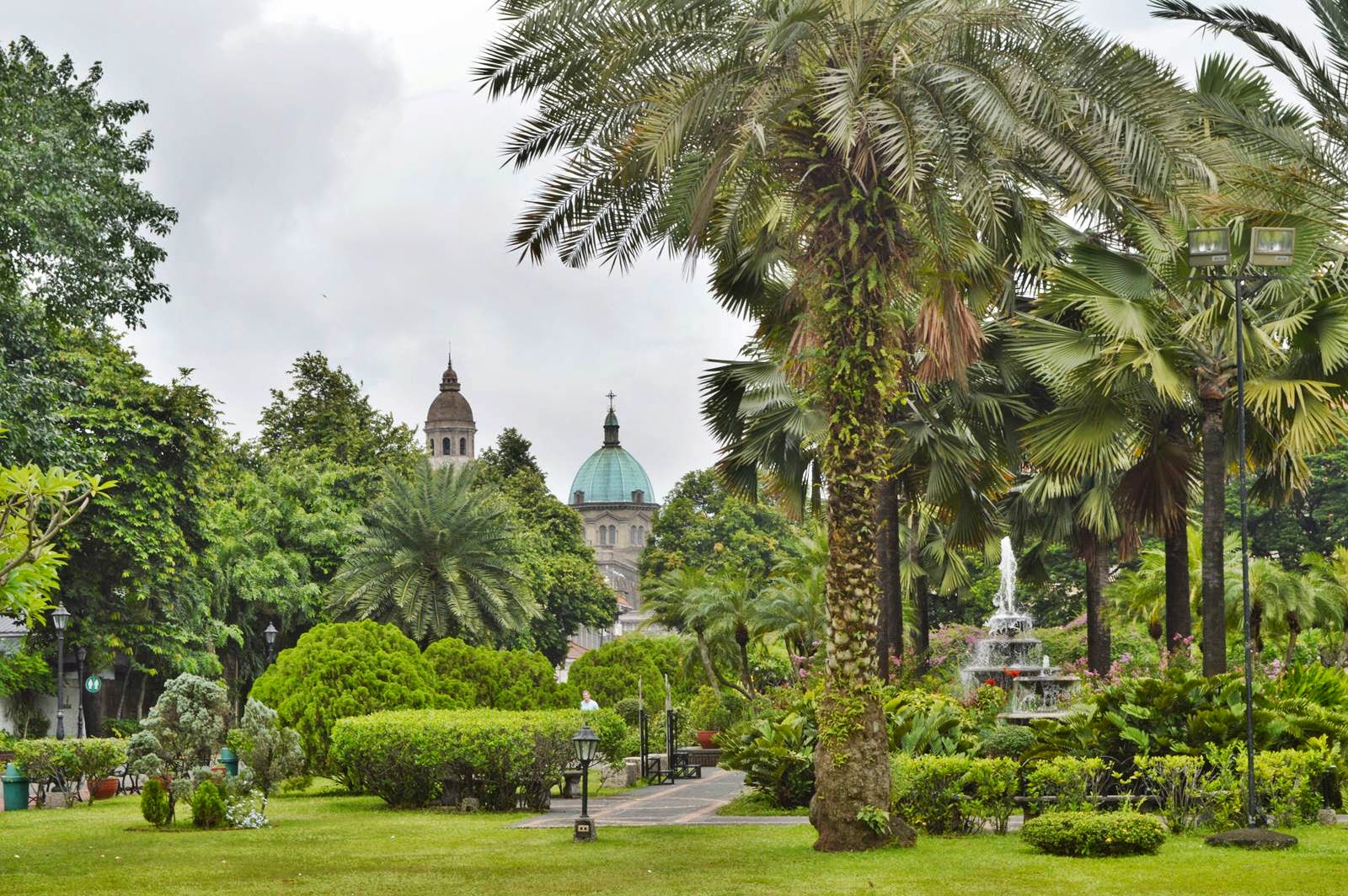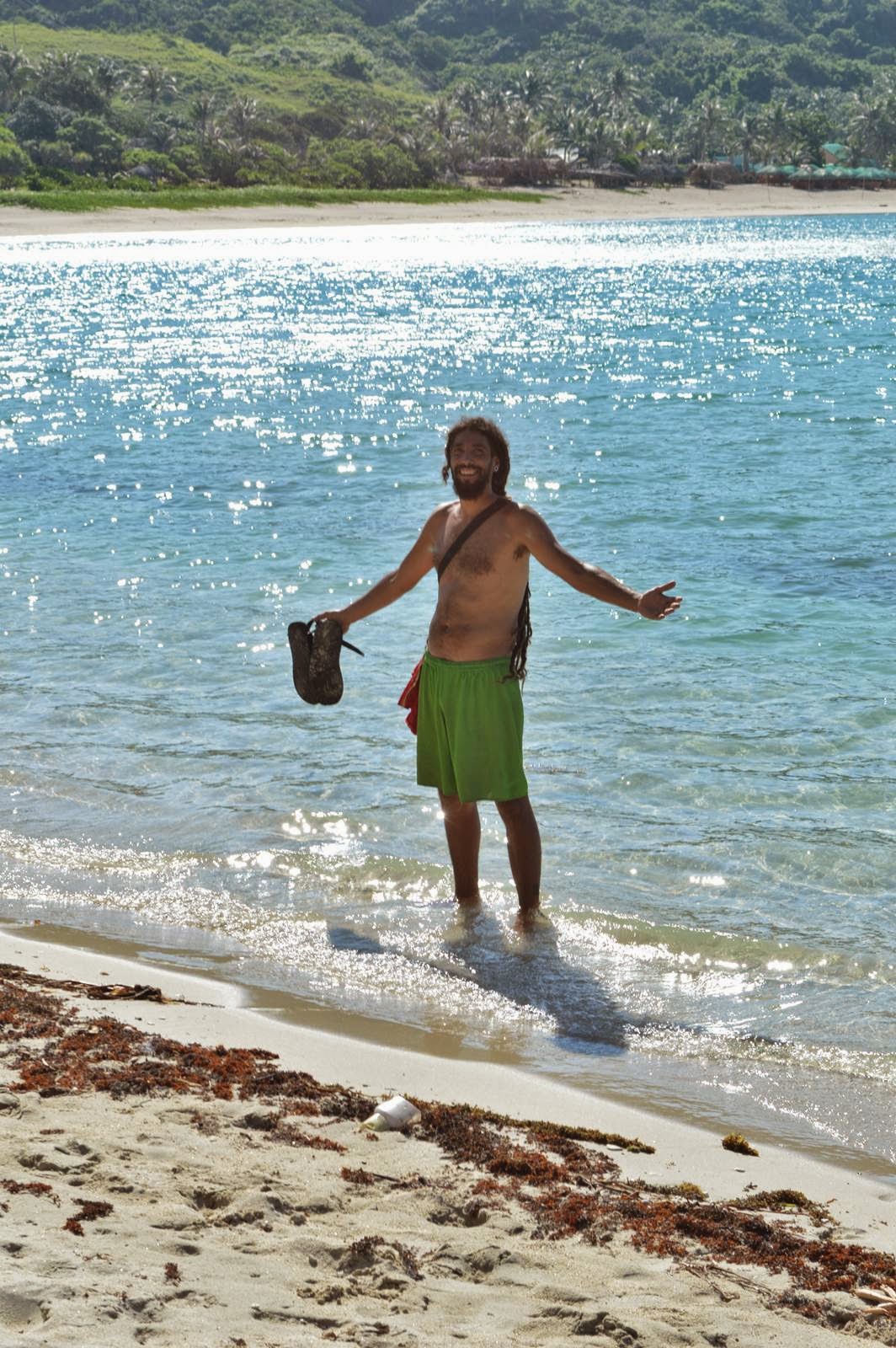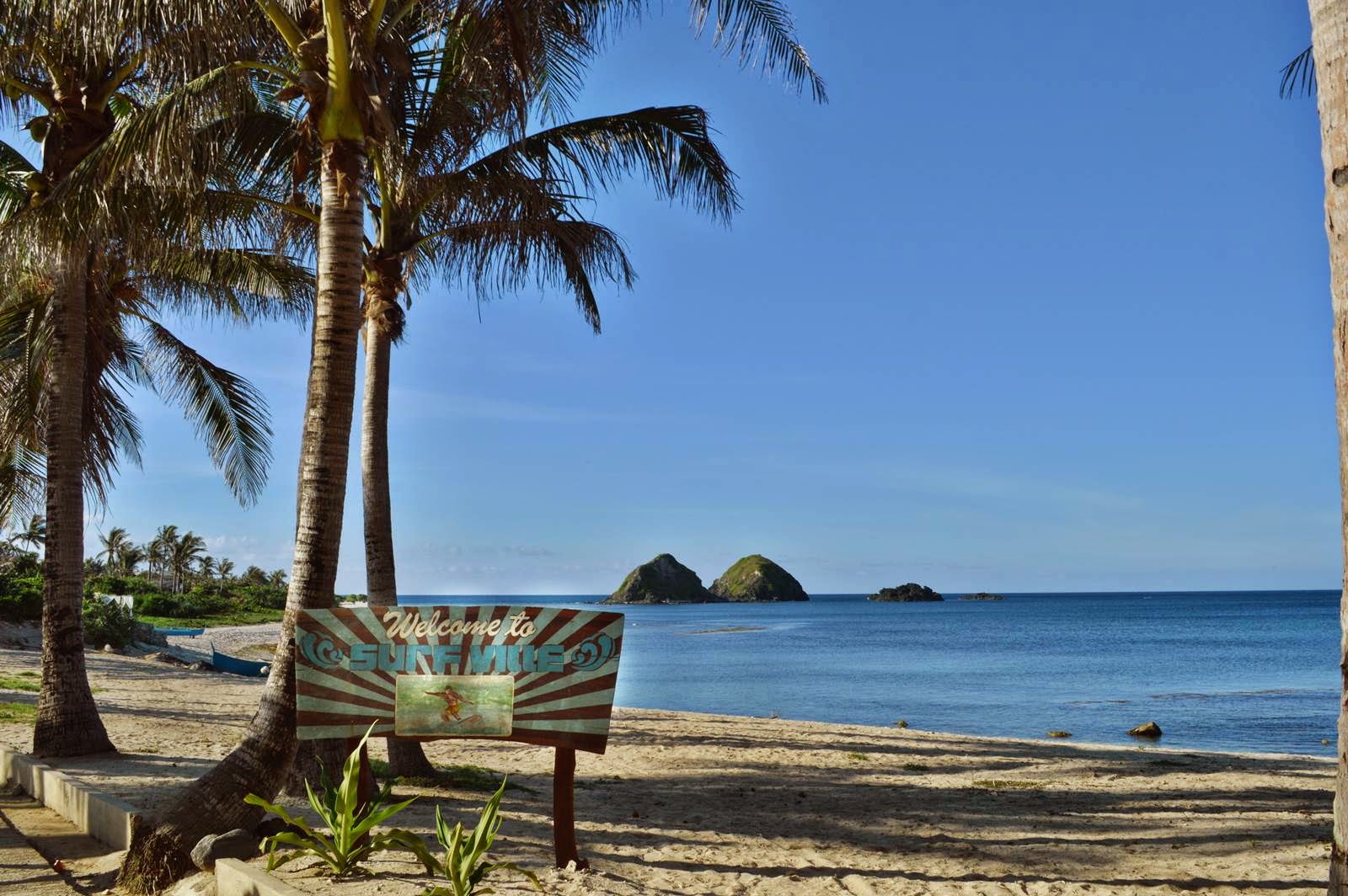Una parada obligatoria en Las Filipinas era sin duda descubrir su capital, la famosa "Perla de Oriente", ¡MANILA!.
Manila es una ciudad llena de historia. Antes de que los españoles la colonizaran bajo la batuta de Miguel López de Legazpi y Martín de Goiti, ya era un enclave musulmán con importante comercio con China. Pero en 1571 fue "fundada" lo que hoy es Intramuros, una ciudad amurallada que sobrevivió incluso a los contundentes bombardeos de los japonenses en la II Guerra Mundial, y que fué conocida como la Perla de Oriente por ser el centro de operaciones comerciales de España en el Lejano Oriente, así como por su situación geográfica que la situaban en una posición inigualable dentro del comercio marítimo en el Pacífico.
A día de hoy se conservan gran cantidad de ejemplos arquitectónicos coloniales españoles en esta parte de Intramuros, como el Fuerte de Santiago, restos de la muralla o varios edificios. Ademas en esta zona de Manila, convertida ahora en un simple barrio hay una gran actividad, llena de estudiantes, comerciantes y turistas.
Pero Manila ofrece muchas otras cosas, como su bahía, el río Pasig o la gran actividad de sus gentes en los diferentes barrios que la componen.Y uno no puede resistirse a pararse en alguno de sus bares a saborear una cerveza San Miguel con unos chicharrones....
Manila has a pretty bad fame among the travellers, but we really wanted to see the city and... we didn't regret going there. It is true- it's not the cleanest place in the world and there is a big amount of people living on the streets and the poverty hits your eyes everywhere you look, but Manila is much more than that. First of all it's a city of sailors and the poximity of the harbour is all about sailor dorms, bars and red district, but it's also the cool part of the city- the part that never sleeps (we know- we arrived and left early in the morning where the party-zombies just fluently mixed themselves with the early birds). And the homeless people- yes it is shocking, sometimes maybe even more touching than in India, but on the other hand I have never seen such bright smiles and people so willing to talk to the strangers, wishing us good day all the time- like the people we crossed on the streets of Manila. And a bunch (maybe fifteen of them) of construction workers singing "No woman, no cry" at the sight of Hector, was just priceless!!!
Apart from the harbour district, where we stayed, Manila has so many places to offer for sightseeing greedy tourists. You just have to visit the district of Intramuros-old town with the ultra-spanish colonial character. A walk on the city walls is a must! Fort Santiago has a beautiful, small park, and is pretty interesting if you are keen on history of the Phillipines- here you will get to know a lot about the relations between the locals and the Spaniards told with the life sotry of local hero Rizal Shrine.
Szorcik: Manila nie ma najlepszej sławy wśród turystów. Miasto nie należy do najczyściejszych (choć nie jest tu z czystością aż tak źle), a kontrast między zamożnymi a biednymi mieszkańcami rzuca się mocno w oczy. Mnóstwo ludzi mieszka na ulicy (w bardziej dosłownym znaczeniu niż w Indiach...wiele osób śpi po prostu na chodniku, bez jakiejkolwiek namiastki łóżka choćby zrobinego z kartonu), a bycie biednym oznacza tu bycie wyrzutkiem społeczeństwa bardziej niż bycie Nietykalnym w Indiach... ale z drugiej strony- chyba nigdzie nie spotkaliśmy tylu życzliwych, uśmiechniętych osób, co tutaj! Te szerokie, szczere uśmiechy mocno wryły się nam w pamięć. Mimo niedostatku, przynajmniej pozornie, ludzie ci wydają się być szczęśliwi. Absolutnie, w żadnym momencie nie mieliśmy wrażenia, że nie jesteśmy mile widziani, że jest tu niebezpiecznie- wręcz przeciwnie- byliśmy w domu. Ale takie są przede wszystkim dzielnice przyportowe. Manila to miasto marynarzy (największa "populacja" marynarzy na świecie to właśnie Filipińczycy). Dzielnica hosteli, podróżników- backpackersów oraz taniego jedzenia i barów to też miejsce z noclegowniami dla marynarzy oraz z czerwonymi ulicami, jednak ten miks zdaje się funkcjonować bezproblemowo i w pełnej harmonii.
Centrum Manili to też wieżowce, biurowce, drogie hotele oraz.... stare miasto, czyli dzielnica Intramuros. Przekraczając kamienne mury dawnego hiszpańskiego osiedla po raz kolejny możemy przenieść się w czasie i przestrzeni. Z bogatego city, przenosimy się do perełki pozostawionej przez hiszpańskich kolonizatorów. W samym centrum Intramuros znajdziemy Fort Santiago z muzeum narodowego bohatera Rizala Shrine oraz niewielki park. Obowiązkowy jest tu spacer po murach, który daje możliwość bezkarnego przyglądania się codziennemu życiu stolicy!



























































